An
examination of the results by Xu (1991) using a cumulus ensemble model
(CEM) with GATE data suggests a setting of alpha ~ 108 m4
kg-1
or
larger. Indeed, statistical analyses of various fields such as temperature,
as shown in our results below (Figures 3, 4 and 6, 7), indicate that a
setting of alpha ~ 109 m4 kg-1 appears
to give the most satisfactory results using mid-latitude ARM CART IOP data,
with the relaxation mode giving the closest agreement to observed conditions.
Additionally, in an alpha parameter sensitivity study with the full CSU
General Circulation Model (GCM), Randall et al. (1997) found that there
was a general decrease in the cumulus precipitation rate accompanied by
an increase in large-scale precipitation as the alpha parameter was increased
from 107
m4 kg-1 to 109 m4
kg-1,
with a general decrease in overall precipitation. We obtained similar results
with respect to cumulus and large-scale precipitation rates; only the combined
precipitation results are presented here (Figures 5 and 8) in which the
general decrease may be observed as the alpha parameter is increased. Note
the improved agreement between model runs and observations in the alpha
parameter setting of 109 m4 kg-1, as demonstrated
in the statistical analyses.
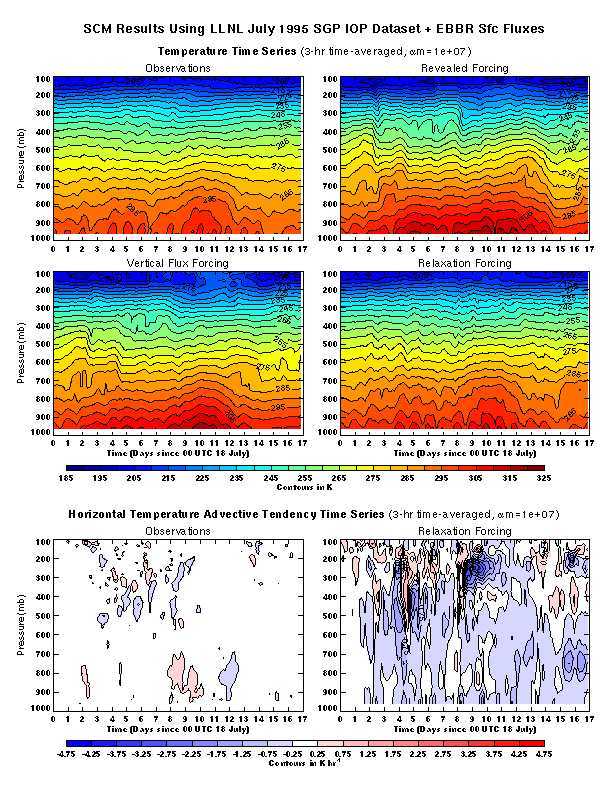
Figure 3. Time-height plot of observed temperature field and
results from all 3 SCM forcing modes, for alpha parameter setting of 107
m4
kg-1.
Horizontal temperature advective tendency results shown in lower panels.

Figure 4. Statistical analysis (time-averaged) of results shown
in Figure 3 above.

Figure 5. Plot of precipitable water and precipitation results
(with statistical analysis in margin) from all 3 forcing modes, for alpha
parameter setting of 107
m4
kg-1.
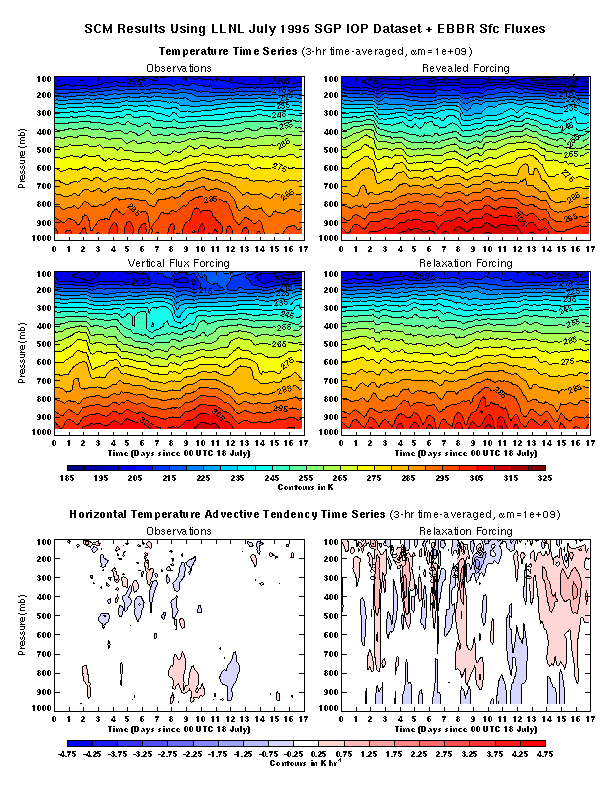
Figure 6. Time-height plot of observed temperature field and
results from all 3 SCM forcing modes, for alpha parameter setting of 109
m4 kg-1. Horizontal temperature advective
tendency results shown in lower panels.
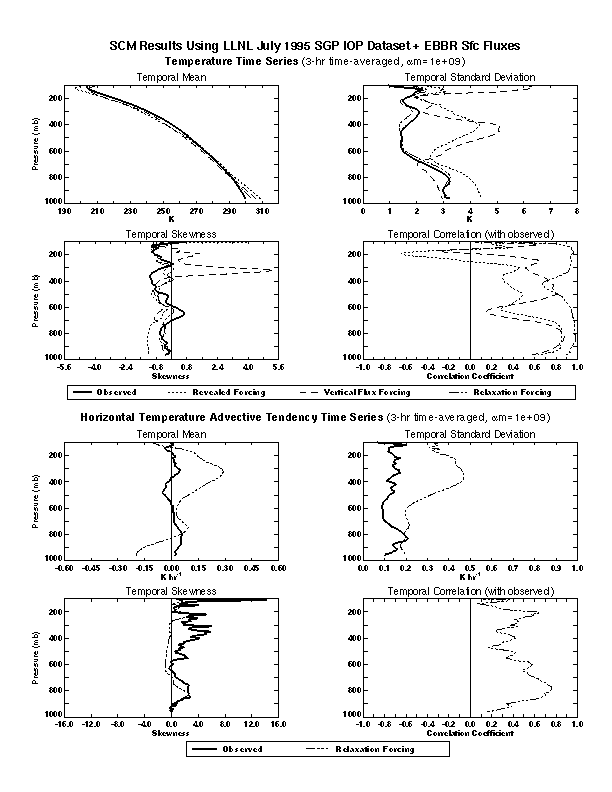
Figure 7. Statistical analysis (time-averaged) of results shown
in Figure 6. Note the improved agreement with observations as the alpha
parameter is set to 109 m4
kg-1, compared to the 107
m4
kg-1
case (Figure 4).
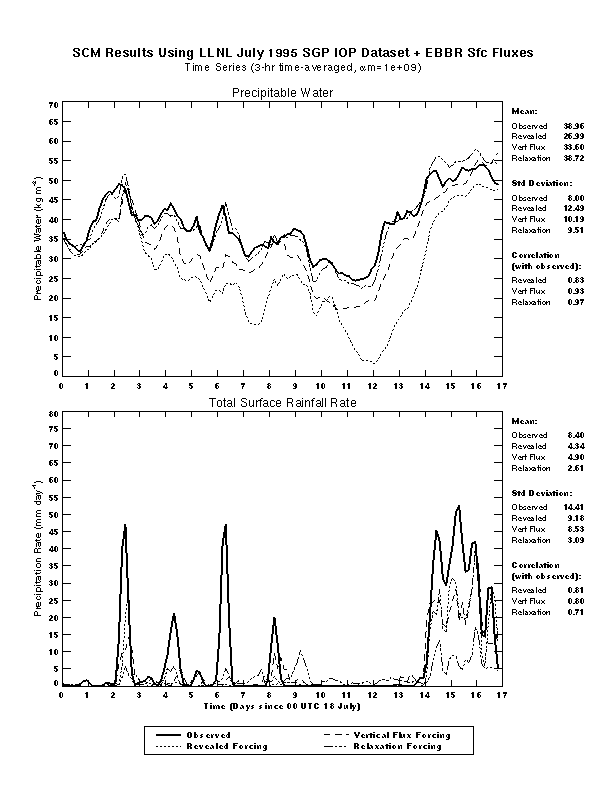
Figure 8. Plot of precipitable water and precipitation results
(with statistical analysis in margin) from all 3 forcing modes, for alpha
parameter setting of 109 m4
kg-1. Again, note improvements over the 107
m4
kg-1
case (Figure 5).






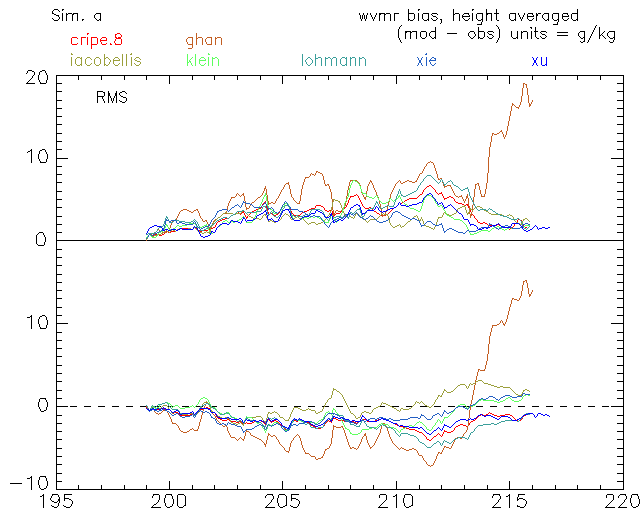


 doug@atmos.colostate.edu
doug@atmos.colostate.edu